An energy tariff is the way you buy electricity.
Just like you pay a certain amount for a litre of petrol, you also pay a certain amount for a kilowatt hour (kWh) of electricity. And just like the price of petrol changes throughout the day, so too does the wholesale price of electricity (every five minutes, to be exact).
Energy retailers turn the varying wholesale price into a set of pricing plans (tariffs) for you to choose from. The trick is choosing the right one, and that largely depends on your consumption habits and how flexible you can be with your usage.
In Australia there are five common tariff structures: Flat tariff, time-of-use tariff, controlled load tariff, demand tariff, and wholesale tariff.
This article unpacks the flat tariff.
 The age-old flat tariff
The age-old flat tariff
With a flat rate (or single tariff), you pay the same price for electricity, no matter what time of the day you use it.
Whether you’re blasting your AC at midday or watching Netflix at midnight, you pay the same rate for every kWh you use. This is the traditional way to buy electricity.
Flat tariffs were appropriate when electricity was cheap, reliable, and prices were stable. Now that electricity is expensive, prices are volatile, and supply cannot always be guaranteed, flat tariffs will become increasingly unaffordable.
A flat rate is a good option to practice aligning your usage with renewable generation without risking higher prices. If you can shift most of your consumption into renewable generation periods, you could reduce your bills and carbon emissions by switching to a time-of-use tariff.
But how will you know? By using EnergyFlex, which shows you how much money and emissions you could have saved if you were on a different energy plan. It also teaches you how to shift your energy usage for even more savings.
- Pros: Straightforward and predictable.
- Cons: Will become the most expensive way to buy electricity. Does not allow for potential savings during off-peak times.
- Good to know: If you don’t have a smart meter, you will pay a flat rate for electricity. That’s because older meters cannot support flexible tariff structures.
Learn more about the other four tariffs:
- Time-of-use tariff
- Controlled load tariff
- Demand tariff
- Wholesale tariffs
At EnergyFlex, we’ll guide you in negotiating a better rate with your retailer or if that fails, finding a better plan for you.
To compare retail offers in your area, head to the Energy Made Easy site.
